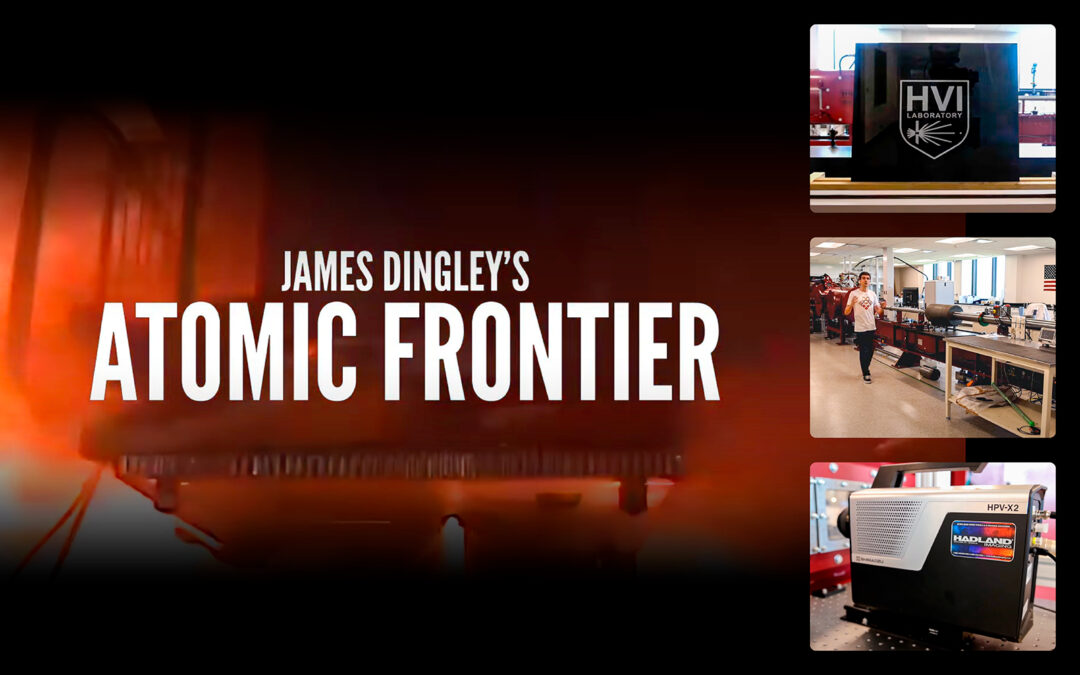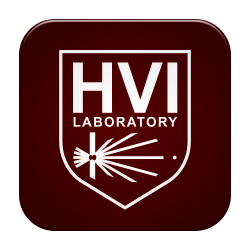August 02, 2022
James Dingley’s Atomic Frontier Looks at Impact Tests at Texas A&M University Hypervelocity Impact Laboratory.
Bryan, TX – James explains the effectiveness of asteroid shields with a simulated impact on a 15 x 15 x 1 centimeter high-density polyethylene at Texas A&M University Hypervelocity Impact Laboratory (HVIL). The engineers at HVIL fired a projectile in their state-of-the-art two-stage light gas gun at 5.5 kilometers per second and recorded the impact on the polyethylene with a Shimadzu HPV-X2 ultra high-speed video camera.
Enjoy the video below and view more from James Dingley’s Atomic Frontier at his website.
Corrections: The Shimadzu HPV-X2 ultra high-speed video camera is capapble of 10 million frames per second, not 1 million fps as mentioned in the video. The “backup capacitors” linked to Scandiflash Flash X-ray tubes mentioned in the video are called pulsers (high-voltage pulse generators) and generate high-intensity X-ray bursts for radiography.
About Texas A&M University Hypervelocity Impact Laboratory
The Texas A&M University (TAMU) Hypervelocity Impact Laboratory (HVIL) is located at the Center for Infrastructure Renewal (CIR) at RELLIS campus of The Texas A&M University. The laboratory research is aimed at enabling unique high-rate materials characterization and multiscale numerical model development and implementation. The TAMU HVIL, operated by a team of distinguished researchers, provides a testbed for the development and tailoring of novel monolithic, layered, and architected structures comprised of polymers, composites, metals, ceramics, soft materials, gels, and geomaterials to mitigate HVI threats (e.g., hypersonic weapons, micrometeoroid/orbital debris, atmospheric reentry conditions).
The laboratory currently houses a state-of-the-art two-stage light gas gun (2SLGG) capable of launching 0.8-12.7 mm diameter projectiles at velocities in the range of 1.5-8.0 km/s (3,355-18,000 miles/hr). Projectile materials currently include steel, aluminum, nylon, glass, polycarbonate, tungsten, and titanium. The modern and advanced facility at HVIL allows for targets of many sizes, shapes, and weights to be impacted efficiently and reliably at normal and oblique orientations. A brief description of the 2SLGG can be found here.
The 2SLGG is currently equipped with a pair of laser intervalometers, a Shimadzu Hyper Vision HPV-X2 ultra high-speed video camera, a Scandiflash dual-head 450 kV Flash X-ray system, high-speed Schlieren imaging, and novel particle tracking technology. Ongoing developments include advanced digital in-line holography diagnostics and modern target heating/cooling techniques. Future diagnostic equipment will include an additional high-speed camera(s), high-speed thermal camera(s), and a photon doppler velocimetry (PDV) system.
Learn more about the Shimadzu Hyper Vision HPV-X2 ultra high-speed video camera and Scandiflash Flash X-ray System featured in this video on our website or contact a Hadland Imaging representative to discuss in greater detail.


